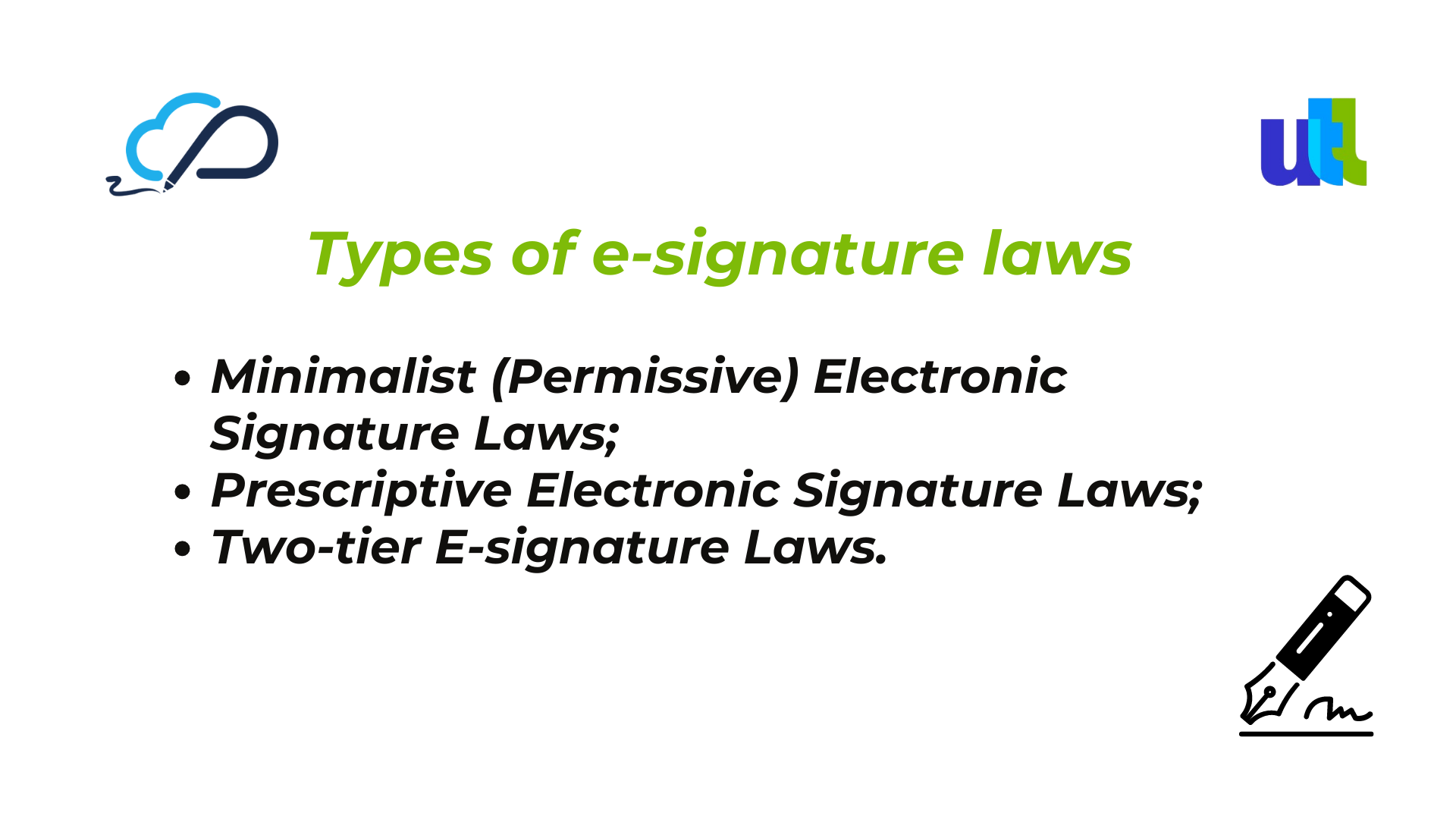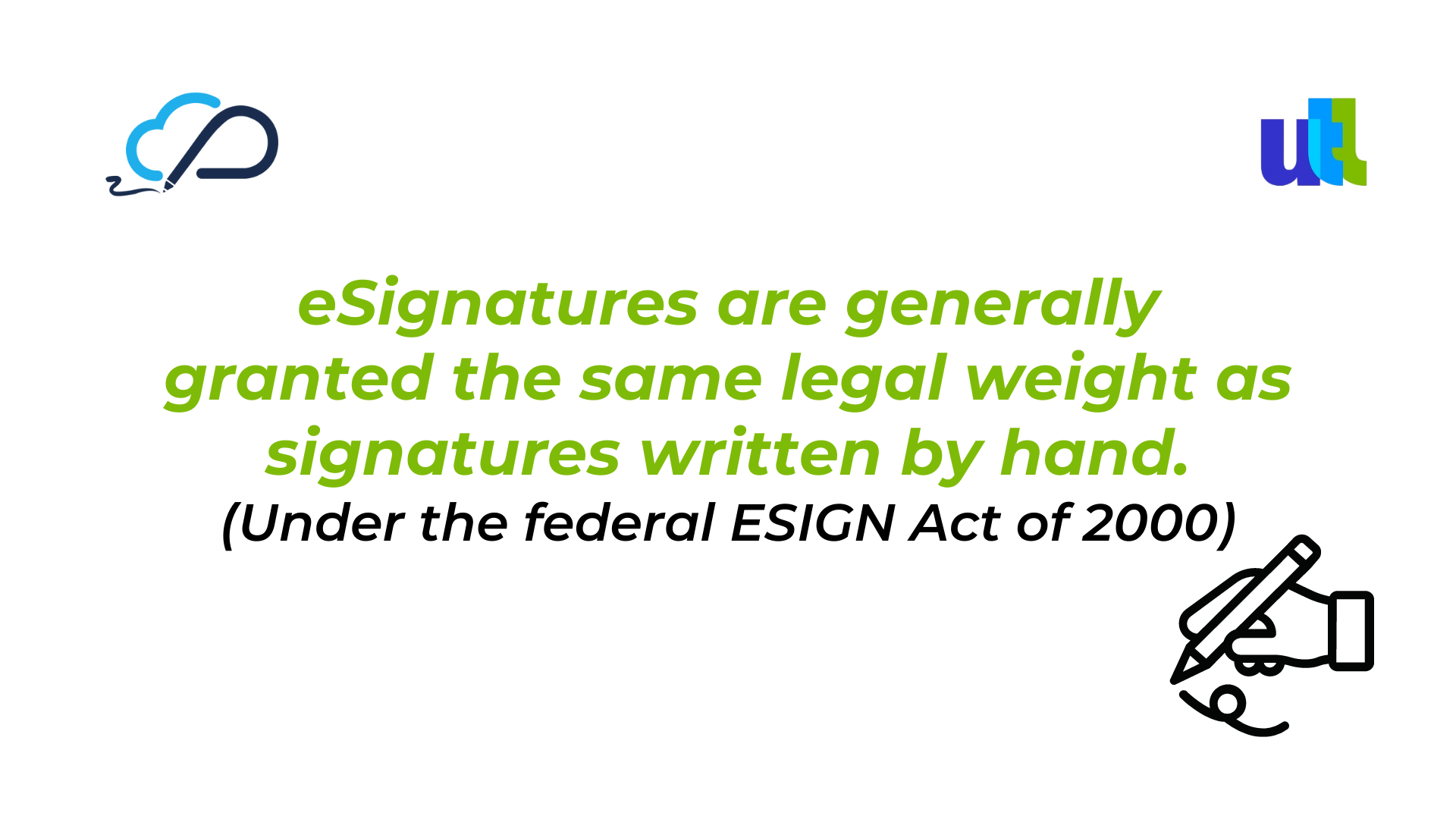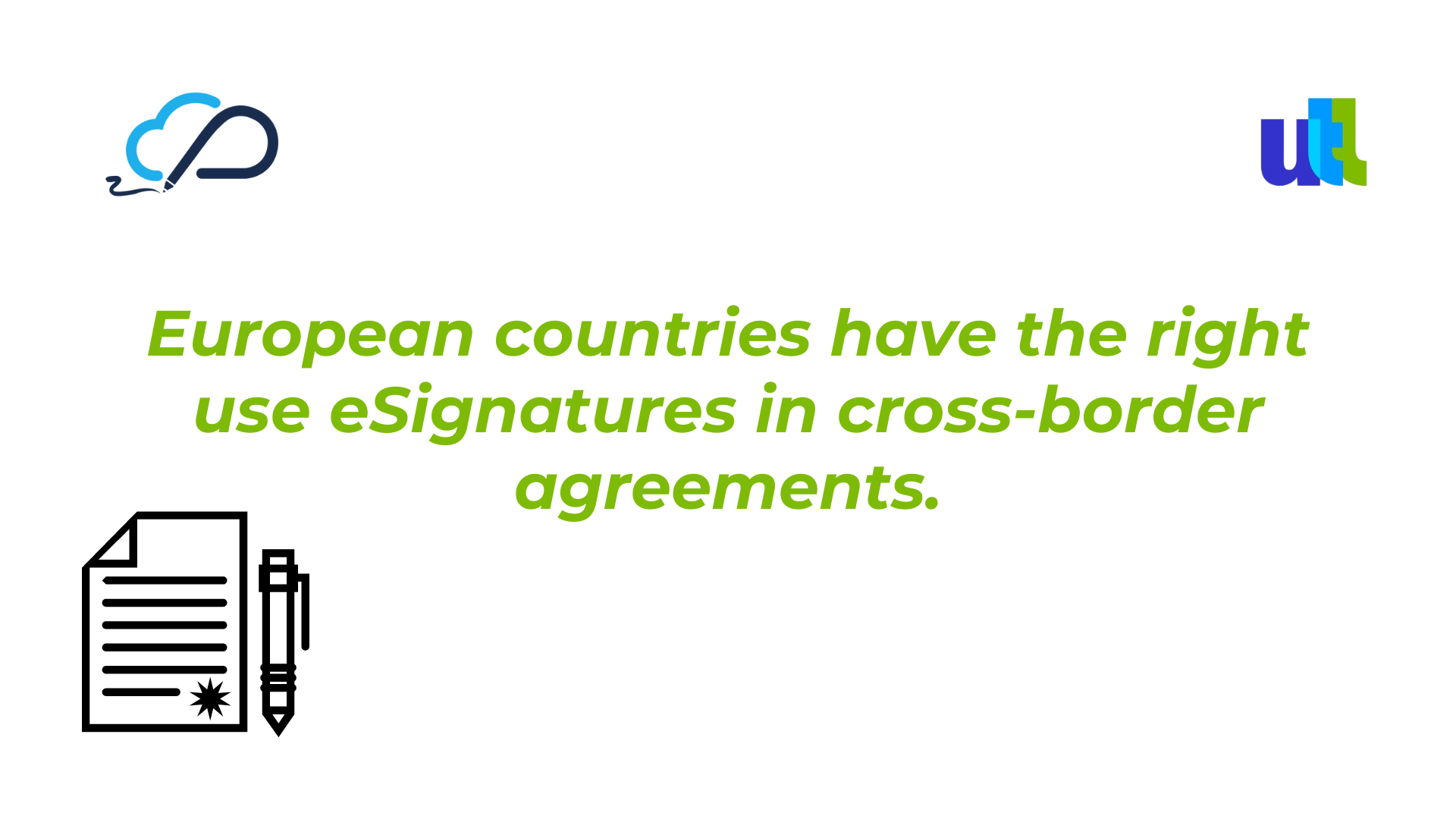 BY Admin | 2023-02-13
BY Admin | 2023-02-13 
Learn the facts about current eSignature laws, local legal systems, and electronic signature technology preferences for different countries.
Anyone who’s ever tried electronic signatures recognizes their convenience, security, and power.
As one of the core elements of digital transformation, electronic signatures are quickly becoming popular in business transactions. eSignatures provide businesses of all shapes, sizes, and locations with the opportunity to expand their reach, speed up processes, and form better relationships with organizations around the world.
But the more you work with international customers and partners, the more you might wonder about how eSignature laws vary between those countries.
This article will explore the importance of eSignature laws, their different types of eSignature laws you might encounter, and the importance of ensuring your eSignatures are secure and valid.
Are Electronic signatures legal?
E-signatures which demonstrate an individual’s consent to an agreement, are not new. Their acceptance and use in many countries around the world have been widespread for years. Especially during and after the pandemic. Nowadays, over a billion users worldwide are comfortable signing documents electronically…But are electronic signatures legal?
The short answer is yes, electronic signatures are legal.
Electronic signatures are widely recognized and accepted throughout the industrialized world, while often they are also more secure than traditional paper-based signatures and less susceptible to forgery.
However, not in all countries and in all cases. Let’s go deeper into it.
Why Do eSignature Laws Matter?
You want to protect yourself and your organization by ensuring any document you or your clients sign electronically is legally binding, right?
This is quite easy when you’re working with local organizations, but what about those contracts that go beyond national borders?
E-Signature laws exist and are in open access to help you keep yourself and your business partners safe. Understanding them and their application to contracts between different countries allows you to conduct legal business internationally.
For example, electronic signature regulations in the U.S. and the European Union are in place to ensure agreements that are signed electronically maintain the same level of validity as an agreement signed with a pen.
However, not all countries apply the same rules. Let’s clarify the different types of electronic signature laws.
Types of e-signature laws

Generally, there are three categories of e-signature laws: minimalist, two-tier, and prescriptive. In this part of the article, we will get a better understanding of each of them while also comparing them.
These laws are among those technology-neutral, which means it doesn’t matter how an agreement is signed — an eSignature holds the same legal weight as a handwritten signature.
Some of the countries with minimalist laws for electronic signatures: the United States, Canada, Australia, and New Zealand.
These are the most difficult to adhere to if you don’t use the right technology. That’s because they contain specific rules about how agreements should be created and signed when done online.
Prescriptive laws dictate what processes and technology you need to use if your goal is to constitute a legally binding signature.
This rarest type of electronic signature laws is applied in: Brazil, India, Israel, and Malaysia.
Two-tiered laws can be tricky to navigate since they are a combination of the previous two types of e-signature laws.
They allow and accept all forms of electronic signatures for private agreements (like minimalist laws), but also regulate what processes and technology must be used for every specific type of contract (like prescriptive laws).
Such laws are applied in many European countries as well as China and South Korea.
Electronic Signature Laws Guide by Country
Any document that requires a signature is already important enough to be protected by adhering to legal standards. Especially when one or more of the parties are from different countries.
1. The United States
In the United States, eSignature laws are regulated at both the federal and state level.

Under both the ESIGN Act and UETA (Uniform Electronic Transactions Act, 1999), electronic signatures are given the same evidentiary weight as handwritten signatures in most cases in the United States.
2. Canada
Electronic signature laws in Canada are regulated at both the federal and provincial levels.
In 2004, eSignatures were accepted at the federal level under the Personal Information Protection and Electronic Documents Act (PIPEDA). This act allows using eSignatures for almost every type of contract as an alternative to a handwritten signature.
However, certain family laws (wills, trusts, divorce) and real estate transactions are not covered by PIPEDA.
3. European Union
27 countries that belong to the EU accepted the Electronic Identification and Authentication and Trust Services (eIDAS) regulation in 2016.
eIDAS applies throughout the EU, including Belgium, Denmark, France, Germany, Italy, Spain, Sweden, and more.

eIDAS standardized eSignature regulations across Europe, eliminating the need for resource-intensive validation processes.
4. Australia
Under the Electronic Transactions Act (2011), all types of eSignatures are admissible in court but are not accepted in cases of citizenship and migration processes, family law, and real estate.
5. China
However, the Chinese court system still mostly relies on paper documents. For example, In order for an agreement to hold up in court, parties must present electronic records proving the existence of a physically signed agreement.
In China, they are not always given as much legal weight as handwritten signatures, particularly in matters involving the government. In most other cases, e-signatures work fine.
6. Japan
Electronic signatures are legal in Japan (the Electronic Signature and Certification Business Act, 2000).
Japan has tiered eSignature laws that state that electronic signatures are equal to pen and ink signatures in most cases, but sometimes a certification by a government-approved entity is still required.
7. Mexico
Mexico legalized eSignatures in 2003 (the Federal Commerce Code). The law accepts electronic signatures on digital agreements as legally binding. However, there are some exceptions.
There are two types of eSignatures under Mexican law:
Both are treated similarly in court, but advanced eSignatures must adhere to a stricter set of legal requirements.
8. United Kingdom
The Electronic Communications Act 2000 covers everything related to online transactions and contracts with electronic signatures, while the Electronic Signatures Regulations define eSignatures in general as legally binding.
The U.K. accepts eSignatures as legally binding in virtually all circumstances.
9. Argentina
Since the Digital Signature Law was signed in 2001, e-signatures are considered valid in Argentina.
10. New Zealand
In New Zealand, eSignatures are accepted under the Electronic Transaction Act (ETA) 2002.
The Act allows electronic signatures to be considered equivalent to wet ink signatures in almost all cases, except for special circumstances.
DISCLAIMER: The information in this blog is for general informational purposes only. It is not intended to constitute legal advice.
Wrapping Up
Are e-signatures legal around the world? The short answer is yes, as long as the platform that provides them adheres to all the relevant laws.
However, we should remember that many countries have specific regulations for exactly how and when electronic signatures can be used.
That’s the reason why it’s so important to use secure eSignature technology that allows you to create and sign legally binding documents and follows international and local laws. CloudSign is one of such.
Subscribe now for our latest news.